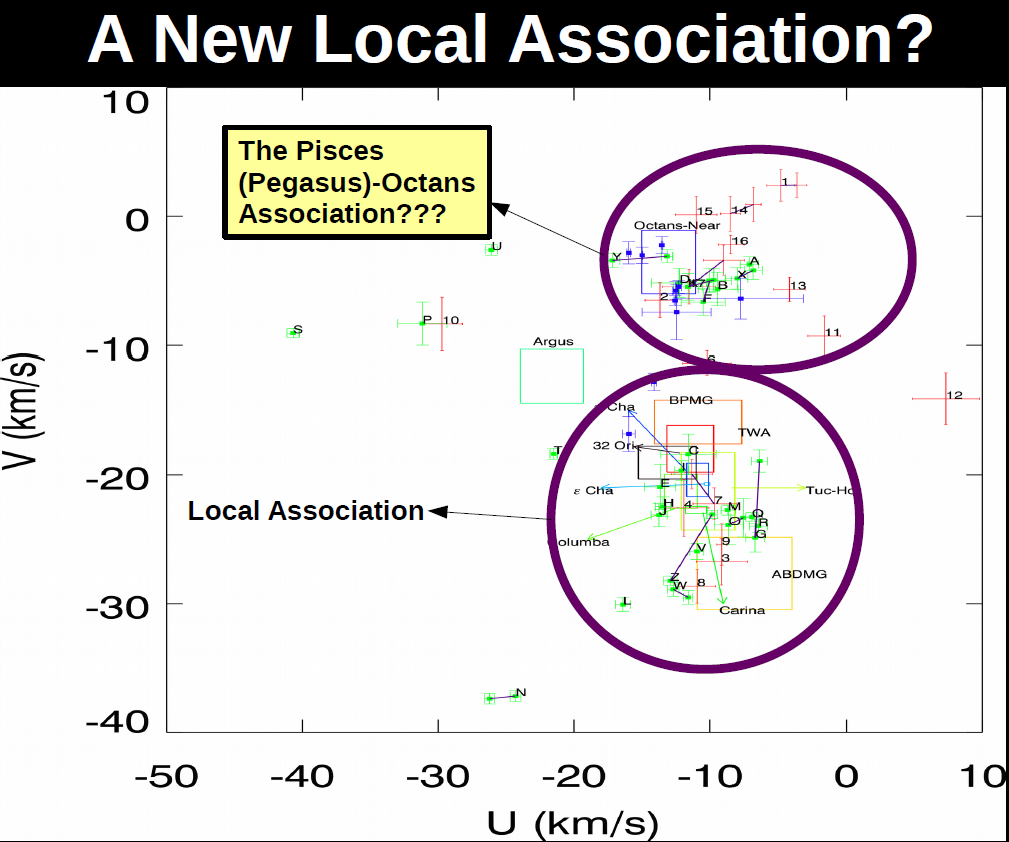A direct consequence of angular momentum conservation is that during star formation material is accreted onto the star, and also into a surrounding disk. It is from these disks that material coagulates from gas to small dust grains and can undergo oligarchic growth into planetesimals and eventually planetary systems. The processes involved in the formation and evolution of debris disks is very stochastic. Whilst some systems remove their debris disks in several tens of Myr through stellar feedback and photoevaporation, other, denser systems can replenish their dust supply through collisions, leading to reservoirs of dust material that can remain well into the main sequence phase.
Whilst debris disks are frequently observed around Solar- and early-type stars, much fewer detections of debris disks around late-type M-dwarfs have been made. This may be due to genuine astrophysical effects - M-dwarf debris disks dissipate faster, or possibly an observational bias - dust around M-dwarfs is harder to detect since the stellar surface temperature contributes a signficant fraction of the infra-red (IR) light corresponding to the dust emission.
Motivated by a swathe of newly discovered nearby M-dwarf members in young moving groups (MGs), I conducted a search for debris disks around 100 such objects in several MGs between ages 10-100 Myr. It is more likely to observe a debris disk around a young star, and the proximity of the sources provide much-needed improved resolution to discriminate between stellar and disk flux at infra-red wavlengths. I collected near IR JHK photometry from the 2MASS satellite, mid IR photometry from the WISE satellite (W1-4) and, where available far-IR photometry from other satellite missions (Spitzer, AKARI, SCUBA-2).
I identified significant excess IR flux in 19 sources, 12 of which were very excessive (W1-W4 > 1.0) and in systems younger than 20 Myr, therefore likely to be gas-rich protoplanetary disks. The remaining 7 with weaker IR excess revealed 3 objects previously identified as debris disk systems (including AU Mic, probably the most famous M-dwarf debris disk system at a distance of only ~10pc) and 4 potentially new debris disk systems in the ~25 Myr Beta Pictoris MG.
The detected debris disc frequency falls from 13±5% to <7% (at 95% confidence) for objects younger or older than 30 Myr respectively, providing evidence that debris disks dissipate more rapidly around M-dwarfs and does not support models where the maximum of debris disc emission occurs much later in lower-mass stars. Follow-up higher-resolution observations for the 4 new potential debris disks using ALMA could provide important clues to the mechanisms that drive disk dispersal in very low-mass stars.








